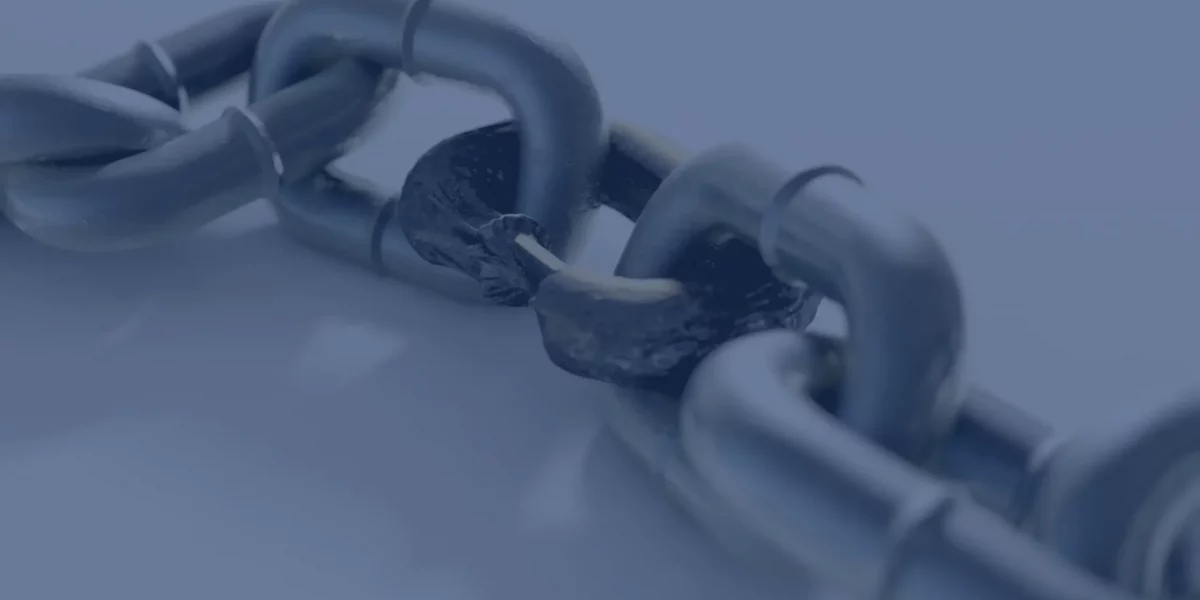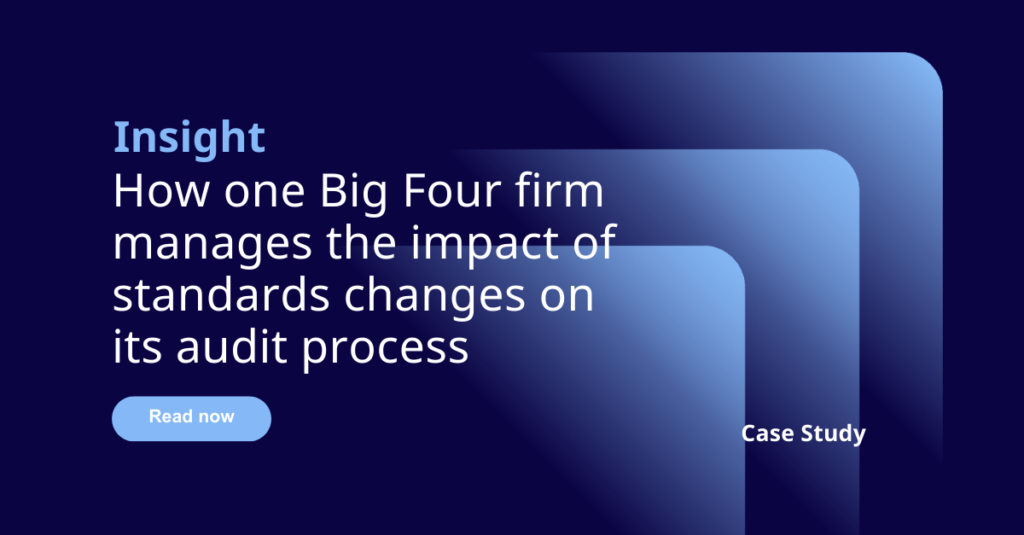A recent analysis by researchers at Harvard’s Berkman Klein Center for Internet & Society Research reveals a startling statistic. Of the more than 2 million links found in The New York Times article archives, 25 percent of them no longer work and the problem is getting worse over time. While the study analyzed journalistic content, links breaking in various ways is not a problem confined to news media. Rather, it is a fundamental reality of how the internet works at scale, impacting everything we do digitally including how compliance functions in regulated industries.
There are four key terms associated with this issue that professionals should know about in order to understand its impact upon their compliance processes.
The very nature of compliance entails tracking a large library of external regulatory material ranging from legislation to regulation to professional standards – all of which are subject to change over time.
1. Link rot – are you preserving your audit trail?
You may have heard of ‘link rot’ which is a fact of all our digital lives. Essentially, link rot describes the phenomenon whereby the hyperlinks and bookmarks we add to digital documents may work today, but not tomorrow. In the best-case scenario, this is an irritant. In the worst-case scenario, it creates compliance risks.
What happens, say, if an internal policy document is linking to a document that no longer exists? What does that mean for your compliance stance? Given that you may have thousands of these links, is it possible to ensure they do not break? Is it possible to detect if – and when – they do?
‘No problem’, you may be thinking. ‘We can just use a software solution to test each link in turn and make sure they still work. Problem solved.’
Not so fast! What if a link continues to work but now points to something completely different from what it pointed to when you copied the link? This is one form of ‘content drift’.
2. Content drift
Best-case scenario, the content drift means that the item has been updated since you copied the link, meaning that you need to review the changes to see if they impact your compliance stance. Worst-case scenario, the link now points to something completely different, and you need to find a new resource to point to.
‘No problem’, you may be thinking. ‘We can just copy/paste the material we want into our own documents. Then it doesn’t matter if the link rots or drifts. Problem solved.’
Not so fast! By copy/pasting, you have completely isolated your content from any dependency on the link but now you have two new problems.
3. Copy/paste/tweak – the risk of manual content reuse
Firstly, given that you copy/pasted the material, how do you know it was accurately copy/pasted? Even if it was accurately copy/pasted initially, how can you know that it was not subsequently modified – ‘tweaked’ – afterwards? This is known as the ‘copy/paste/tweak’ problem.
4. Copy/paste/lapse – is your related content in synch?
Secondly, even if the copy/pasted material is a faithful replica of what was in the original, how can you be certain that the material is still up to date? This is known as the ‘copy/paste/lapse’ problem. At scale, when you may have thousands of instances of copy/paste content creation in your documents, checking them all for content drift is an expensive, line-by-line review activity.
It is this ‘copy/paste/lapse’ phenomenon that really keeps compliance professionals awake at night. The very nature of compliance entails tracking a large library of external regulatory material ranging from legislation to regulation to professional standards – all of which are subject to change over time. Being aware of these changes, determining their impact on the business, changing materials such as policies to operationalize the impact of the changes – these are key functions of compliance and can be very expensive given that they are recurring costs. Adding the need for line-by-line review of copy/pasted material into the costs can make it very expensive indeed.
It is also difficult to keep on top of this task as the library of content grows over time, there is no way of tracking what is linked to what, and as a result, there is an increased risk of something slipping through the cracks.
What happens, say, if an internal policy document is linking to a document that no longer exists? What does that mean for your compliance stance? Given that you may have thousands of these links, is it possible to ensure they do not break?
Cutting the cost of compliance
It is essential that in today’s digital world, the IT solutions that support compliance are built with the features to manage these regulatory change management issues – especially copy/paste/lapse. Automating the tracking of links between documents so staff know when something needs to be updated ensures that your firm is staying ahead of the problem.


